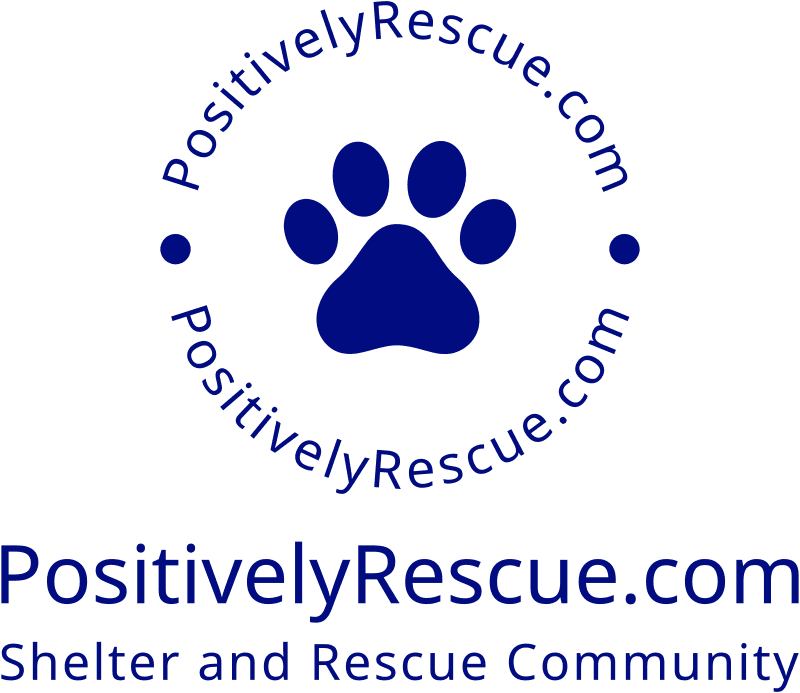🐾 The First 7 Days: Helping Your Rescue Dog Adjust
What to Expect—and How to Make the Transition Easier
Bringing home a rescue dog is an exciting time—but it’s also a big adjustment for your new pet. Whether your dog came from a shelter, foster home, or directly from another family, the first week in a new environment can be overwhelming.
Many dogs need time to settle in before they start to show their true personalities. This guide will walk you through what to expect during the first 7 days and how you can help your new dog feel safe, supported, and loved from day one.
🧠 First, Understand the 3-3-3 Rule
This simple guideline gives you a realistic picture of how dogs adjust after adoption:
-
3 Days to decompress
-
3 Weeks to start to settle in and feel more comfortable
-
3 Months to build trust and feel truly “at home”
Every dog is different, but knowing this can help you set realistic expectations and avoid unnecessary stress or frustration.
🏡 Day 1: The Arrival
What your dog needs most: Calm, quiet, and safety.
-
Keep introductions to a minimum—no big parties or visits from friends.
-
Give your dog a safe space (crate, dog bed, or quiet room) where they can retreat.
-
Let them explore slowly, one area at a time.
-
Take them outside for potty breaks on leash frequently—even if they’re housebroken.
-
Keep your tone soft, movements slow, and expectations low.
This day isn’t about teaching—it’s about letting your dog begin to feel safe.
📆 Days 2–3: Routine, Not Rules
What your dog needs now: Structure, consistency, and patience.
-
Start building a routine: feeding, potty breaks, walks, and rest at the same times daily.
-
Use a leash indoors if needed to prevent roaming or accidents.
-
Limit freedom—too much space too soon can lead to confusion or stress.
-
Begin using your dog’s name gently and reward eye contact or calm behavior.
-
Expect accidents, barking, pacing, or restlessness—this is all normal.
-
Avoid overwhelming your dog with long training sessions or new environments.
Focus on observation and bonding. Watch how your dog responds to different things—sounds, sights, other pets, or being alone.
🧩 Days 4–7: Curiosity and Confidence
What your dog may start to show: Personality, habits, and possible quirks.
-
You may begin to see more energy or testing of boundaries. That’s a good sign—it means they’re starting to feel safe.
-
Now is a great time to begin short training sessions: sit, wait, touch, or leash manners.
-
Use positive reinforcement—reward behaviors you want to see more of.
-
Begin introducing new rooms or household members gradually, if you haven’t already.
-
If you have other pets, continue slow, supervised introductions in neutral areas.
Resist the urge to correct or scold. Instead, focus on redirecting and reinforcing good behavior.
🛠 Tips for a Smoother Transition
-
Stick to a schedule. Routine builds confidence.
-
Keep things calm. Avoid chaos, loud voices, or unpredictable activity.
-
Supervise closely. Don’t assume your dog knows what’s expected just yet.
-
Use crates or baby gates. These can help manage space and give your dog a safe zone.
-
Let your dog come to you. Don’t force cuddles or interaction—earn their trust gradually.
-
Offer enrichment. Puzzle toys, lick mats, and chew toys can help reduce stress.
🐶 Common Behaviors You Might See (and Why)
| Behavior | Possible Meaning |
|---|---|
| Hiding or avoiding eye contact | Fear, stress, or overwhelm |
| Following you closely | Seeking safety or reassurance |
| Barking or growling | Uncertainty or boundary-setting |
| Not eating for a day or two | Stress-related appetite loss |
| Accidents indoors | Adjustment period—not defiance |
| Zoomies or frantic energy | Stress release or excitement |
All of these behaviors are normal during the transition. Don’t panic—stay calm and consistent.
💬 When to Seek Help
If your dog:
-
Shows severe aggression
-
Is completely shut down for more than a week
-
Refuses to eat or drink for more than 48 hours
-
Panics when left alone (destructive behavior, nonstop barking, elimination)
…it may be time to reach out to your rescue, a certified dog trainer, or a veterinarian for support.
🐾 Final Thoughts
The first week with your new dog sets the foundation for your entire relationship. It’s not about perfection—it’s about creating trust. Be patient, go slow, and celebrate the small victories. Every tail wag, every moment of eye contact, and every time they choose to sit beside you is progress.
You may have rescued your dog from the shelter, but your patience and love during this first week is what truly helps them feel rescued.

